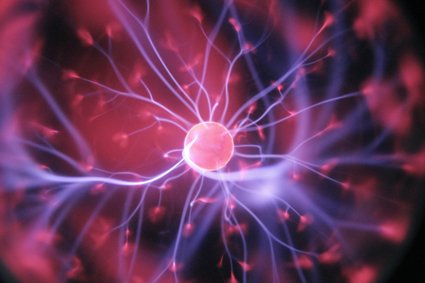
Introducing flashpoints
Key questions
What are geographical flashpoints?
Swine flu, the Sichuan earthquake and climate change are all examples of flashpoints.
What role/interest do geographers and scientists have to play in these flashpoint examples?
Flashpoints are major world events which may impact on a large number of people/places. This lesson introduces you to the concept of ‘flashpoints' and explores how geographers and scientists can work together to study flashpoints and to find solutions. It uses three key examples - Swine flu, the Sichuan earthquake and climate change.
The concept of flashpoints has been used here as a way of bringing together three very different case studies which share some common elements. The three topical case studies of swine flu, the Sichuan earthquake and climate change all have had, or do have, the potential to impact on many people and/or places.
The swine flu pandemic is an outbreak of what is formally, a re-assortment of four virus strains. The World Health Organization has called it a 'public health emergency of international concern'. The virus is essentially a respiratory condition. It is often more virulent in autumn and winter, but it can be contracted at any time.
The World Health Organisation (WHO) is always particularly concerned when there is a significantly new strain of flu as its pattern of spread cannot be fully anticipated. With the worst flu virus killing around 40 million people in 1918 to 1919, it is clearly a matter of considerable concern. Swine flu has the potential to impact thousands, if not millions of people around the world. This however, depends on the success of the disease's spread and possible mutation.
When a virus mutates it is difficult to predict, but scientists have to study the mutation in order to design a vaccine that might combat it. The vaccine is derived from the virus itself and is designed to invoke an immune response that will create a set of antibodies which will be able to overpower the condition within an individual. Scientists use the knowledge from one pandemic to help solve problems relating to another.
Due to the interconnectedness of the globe because of the ease of air travel, diseases are able to spread internationally much more readily. This has been the case with swine flu. However, at the time of writing, those affected by swine flu internationally remains relatively low.
Sichuan earthquake - The three minute earthquake occurred on 12 May, 2008 in the Sichuan Province of Chengdu, in Central China. The earthquake measured 8.0 on the Richter Scale. The earthquake killed an estimated 70,000 people. This huge impact on people was thought to be primarily due to the time of day as children were at school and office workers were still at work and due to sub-standard building in the area. For more details see lesson three - Sichuan earthquake (2008): Lessons learnt?.
Climate change has the potential to impact on millions of people globally. Indeed it is already beginning to impact on some areas of the world such as sub-Saharan Africa. It is generally agreed that humans have helped to increase climate change due to the emission of greenhouse gases. The impacts on people in the future may be due to sea level rise, lack of food, water and energy resources and desertification. For more details on the impacts of climate change, see lesson four - Climate change: Global impacts and lesson five - Flood in London: A mission impossible?.
Starter
What are geographical flashpoints?
Begin by brainstorming examples of different major world events that can impact many people/places, for example Tsunamis, hurricanes, pandemics, volcanic eruptions, forest fires, floods, draughts, landslides. Share your ideas as a class.
Main Activity
Investigating flashpoints
Flashpoints are major world events which may impact on a large number of people/places which can be used to focus on how geographers and scientists can work together to find solutions.
Using the three flashpoint fact files - swine flu, the Sichuan earthquake and climate change - fill in the table on the resource sheet entitled What are flashpoints?
Using the downloadable PowerPoint quiz, answer the quiz questions about the three flashpoints. Complete this activity in pairs, small groups or as a class. You will need to have read all three flashpoint fact files for this task.
Plenary
As a group, discuss the key ideas from this lesson. What are flashpoints?
What flashpoint examples have we studied? Why are flashpoints of interest to both geographers and scientists?
Try and think of other specific flashpoint examples that we could also have studied.
File nameFiles
File type
Size
Download